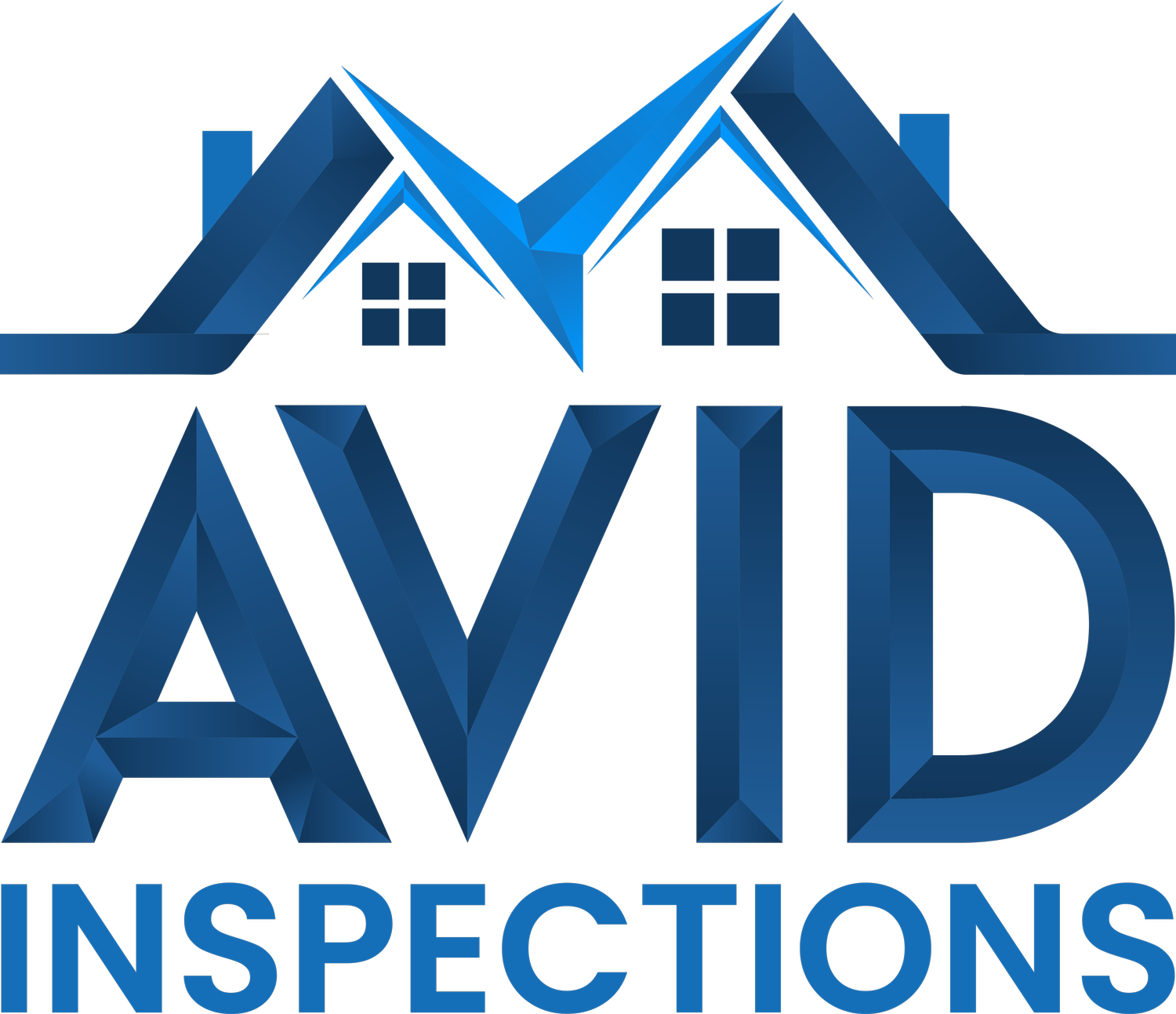Mold Prevention Tips for New Homeowners
Mold Prevention Tips for New Homeowners
Mold is a common household issue that can pose serious risks to both your home and your health. As a new homeowner, it’s important to be proactive about preventing mold growth before it becomes a costly or hazardous problem. Mold thrives in damp, humid environments and can spread quickly, damaging walls, floors, and ceilings while also causing respiratory issues, allergies, and other health concerns. In this blog, we’ll share practical tips to help you prevent mold in your home and maintain a healthy living environment.
1. Understand What Causes Mold
Mold needs three main things to grow:
• Moisture: Leaks, high humidity, or condensation provide the damp conditions mold loves.
• Organic Material: Mold feeds on materials like wood, drywall, carpet, and paper.
• Warm Temperatures: Mold thrives in warm, humid environments, especially between 60-80°F.
By addressing moisture issues and maintaining a dry environment, you can significantly reduce the risk of mold growth.
2. Control Indoor Humidity
High indoor humidity is one of the leading causes of mold. Keep your home’s humidity levels between 30% and 50% to discourage mold growth. Here’s how:
• Use a dehumidifier: Especially in damp areas like basements, crawl spaces, or bathrooms.
• Ventilate properly: Use exhaust fans in bathrooms, kitchens, and laundry rooms to remove moisture from the air.
• Open windows when possible: Fresh air circulation can help reduce indoor humidity.
• Monitor humidity levels: Use a hygrometer to measure and maintain ideal humidity levels.
3. Address Leaks Immediately
Leaks are a major source of moisture that can lead to mold growth if not promptly addressed. Regularly inspect your home for leaks in:
• Plumbing: Check under sinks, around faucets, and near water heaters.
• Roofing: Look for water stains on ceilings or walls that could indicate a roof leak.
• Windows and doors: Ensure seals are intact to prevent water intrusion.
• Basement or foundation: Look for cracks or signs of water seepage.
Fix leaks as soon as you find them to prevent water from creating the perfect environment for mold.
4. Keep Your Home Dry
The drier your home, the less likely it is for mold to grow. Focus on the following areas:
• Bathrooms: Dry surfaces like shower walls, sinks, and floors after use. Use a squeegee on shower walls to reduce moisture.
• Basements: Use a sump pump to remove water if flooding occurs. Ensure the basement is well-ventilated and dry.
• Laundry rooms: Dry wet clothes immediately and vent the dryer to the outside.
If water spills or flooding occur, dry the area completely within 24-48 hours to prevent mold from developing.
5. Improve Ventilation
Proper ventilation helps to prevent moisture buildup in your home. Make sure:
• Exhaust fans are functioning and vented to the outside (not into the attic).
• Appliances like dryers, stoves, and heaters are vented outdoors.
• Airflow is maintained by keeping interior doors open and avoiding overcrowding in rooms.
Good ventilation helps control both moisture and humidity, reducing the likelihood of mold.
6. Use Mold-Resistant Products
When making improvements to your home, consider using mold-resistant materials:
• Mold-resistant drywall: Ideal for bathrooms, basements, or other high-humidity areas.
• Mold-resistant paint: Contains anti-microbial properties to inhibit mold growth on walls and ceilings.
• Flooring: Avoid carpet in damp areas; opt for tile, vinyl, or sealed concrete instead.
Investing in mold-resistant products upfront can save you money and headaches in the long run.
7. Clean and Maintain Gutters
Clogged gutters can lead to water pooling around your home’s foundation, increasing the risk of basement leaks and mold. Regularly clean your gutters to ensure proper water drainage, especially after heavy rain or during the fall when leaves accumulate.
8. Regularly Inspect Your Home
Being proactive about mold prevention means keeping an eye on potential trouble spots:
• Check for condensation: On windows, pipes, or walls. Wipe it away and address the underlying cause.
• Inspect hidden areas: Look under sinks, behind furniture, and in closets for signs of dampness or mold.
• Test your HVAC system: Ensure your system is functioning properly and not contributing to humidity or moisture issues.
Regular inspections allow you to catch and address potential problems before they escalate.
9. Prevent Mold After Flooding
If your home experiences flooding, take immediate action to prevent mold:
• Remove standing water as quickly as possible.
• Use fans and dehumidifiers to dry the affected area thoroughly.
• Discard porous materials (like carpets or drywall) that have been soaked for more than 48 hours.
• Sanitize hard surfaces with a mixture of water and detergent to remove any remaining contaminants.
Flood damage can lead to serious mold growth if not handled properly, so act quickly and thoroughly.
10. Know When to Call a Professional
If you discover mold in your home, or are having breathing issues. it’s best to call a professional mold remediation specialist. They’ll:
• Assess the extent of the mold growth.
Test to see what type of mold is growing
• Identify and fix the source of the moisture.
• Safely remove mold and treat the affected area to prevent recurrence.
Professional help is especially important if mold has spread to HVAC systems or structural components.
Conclusion
Preventing mold in your home is all about controlling moisture, maintaining good ventilation, and staying proactive with inspections and maintenance. By following these tips, you can protect your home and family from the harmful effects of mold. Remember, if you ever discover mold that seems beyond your ability to handle, don’t hesitate to call in a professional. A mold-free home is a healthier, safer home for you and your loved ones.
